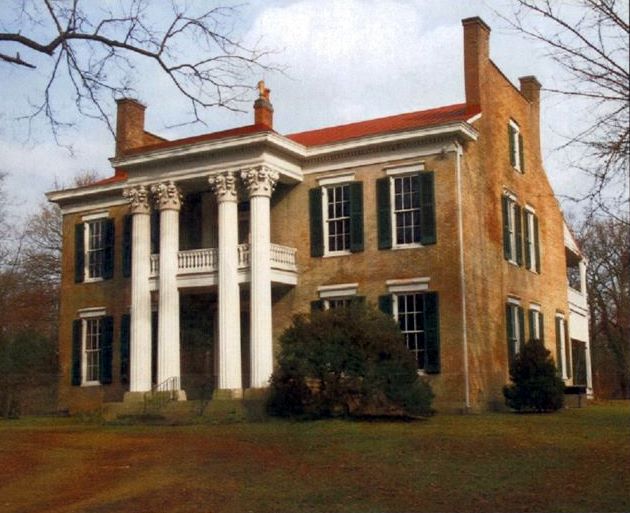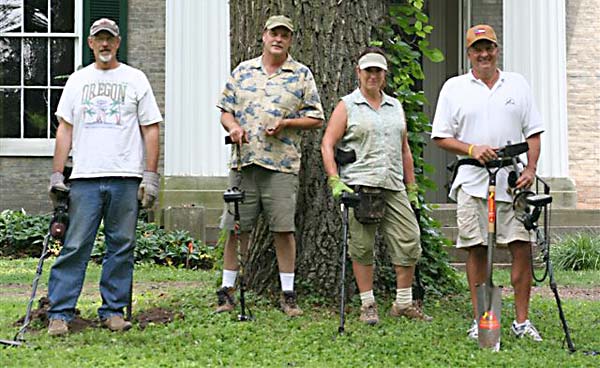Introduction. Glen Leven estate, the more than 150-year-old Oak Hill home that served as a field hospital during the Battle of Nashville has been preserved along with the 65 acres of open land surrounding it. The Glen Leven estate is the largest piece of Nashville’s Civil War battlefield still intact, according to Civil War preservation expert and former BONT president Doug Jones. Susan McConnell West left Glen Leven to The Land Trust for Tennessee in her will. The Greek Revival house, built in 1857, is on Franklin Road south of Thompson Lane.
Visiting Glen Leven. The estate and farm are not open to the public for regular visitation, but are available for a variety of special events and tours. For more information on Glen Leven, visit the website of the Land Trust for Tennessee. Below is the Land Trust’s summary of the history of the estate and grounds:
The Land Trust for Tennessee’s Glen Leven Farm
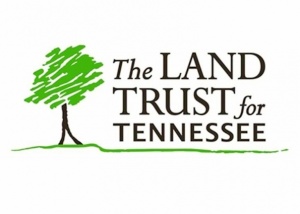 The Land Trust for Tennessee’s Glen Leven Farm is an historic family farm of approximately 65 acres which are a small part of the original 640 land grant acres owned by Thomas Thompson in the 1790s. Thompson was an early Nashville settler and signer of the Cumberland Compact. The farm includes an historic house which was built in 1857 with 1887 renovations and includes several outbuildings. The home served as a field hospital for Union troops during the Battle of Nashville. With the exception of two years during the 1970’s, the land has been in the same family since the founding of Nashville.
The Land Trust for Tennessee’s Glen Leven Farm is an historic family farm of approximately 65 acres which are a small part of the original 640 land grant acres owned by Thomas Thompson in the 1790s. Thompson was an early Nashville settler and signer of the Cumberland Compact. The farm includes an historic house which was built in 1857 with 1887 renovations and includes several outbuildings. The home served as a field hospital for Union troops during the Battle of Nashville. With the exception of two years during the 1970’s, the land has been in the same family since the founding of Nashville.
The house and farm retain a high degree of integrity and a strong sense of association, feeling, materials, and setting of a late 19th century/early 20th century Davidson County farm. This complex, including house, farm, and associated outbuildings, constructed between c1850 and c1950, is one of the few remaining examples of a historic farmstead in Davidson County, and contains perhaps the largest associated acreage. Although a number of historic 19th century homes remain in Davidson County, very few historic agricultural complexes remain in the largely urban and suburban county.
The Civil War came to Glen Leven, as the house fell between the lines of fighting during December 1864. Family history tells that on one occasion, Mary Thompson was standing at the rear of the house when a Union cavalryman rode up, barking orders that she chose to ignore. The rider aimed his pistol at her, and she stood firm. He then fired at her, missed, and rode off, leaving a bullet hole in the back wall of the house. Glen Leven was also used as a field hospital following the Battle of Nashville, and Mary cared for injured soldiers both on the battlefield and in the house. Also, during The Civil War, troops on both sites requisitioned supplies from Glen Leven.
Susan McConnell West, the last owner of Glen Leven, and a Thompson descendent, died on November 26, 2006, and stipulated in her will that the land be left as “open space,” never to be developed or subdivided and that the home and adjacent five acres fronting Franklin Road be kept and maintained in “good condition.”
Glen Leven Farm has been willed to The Land Trust for Tennessee to preserve the home and the accompanying 65 acres. A sampling of the rich resources being developed by The Land Trust on this property include a honeybee sanctuary, an education garden, an heirloom garden planted and maintained by Double H Farms – The Hermitage Hotel’s Sustainable Farming Project, hops tee-pees planted by Jackalope Brewery, and an arboretum with the largest mass of American Yellowwood in the United States. Glen Leven Farm epitomizes The Land Trust for Tennessee’s overall mission to conserve the unique character of Tennessee’s natural and historic landscapes and sites for future generations.
Glen Leven 150 Years After Its Role In The Battle Of Nashville
Below is a sampling of photos taken at Glen Leven when the house and grounds were open to the public during the Battle of Nashville Sesquicentennial commemoration in December, 2014. Photos by Tom Lawrence.
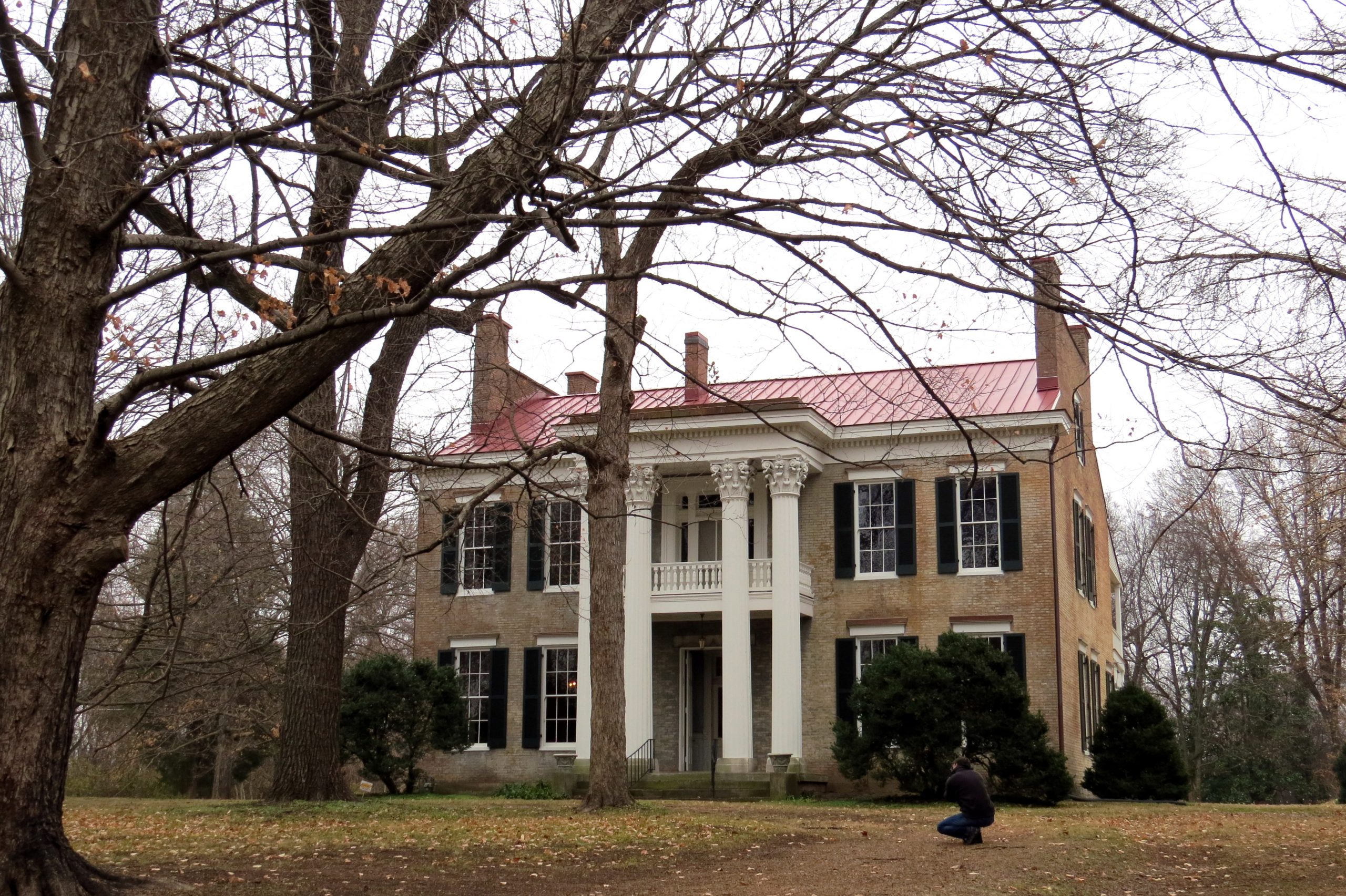
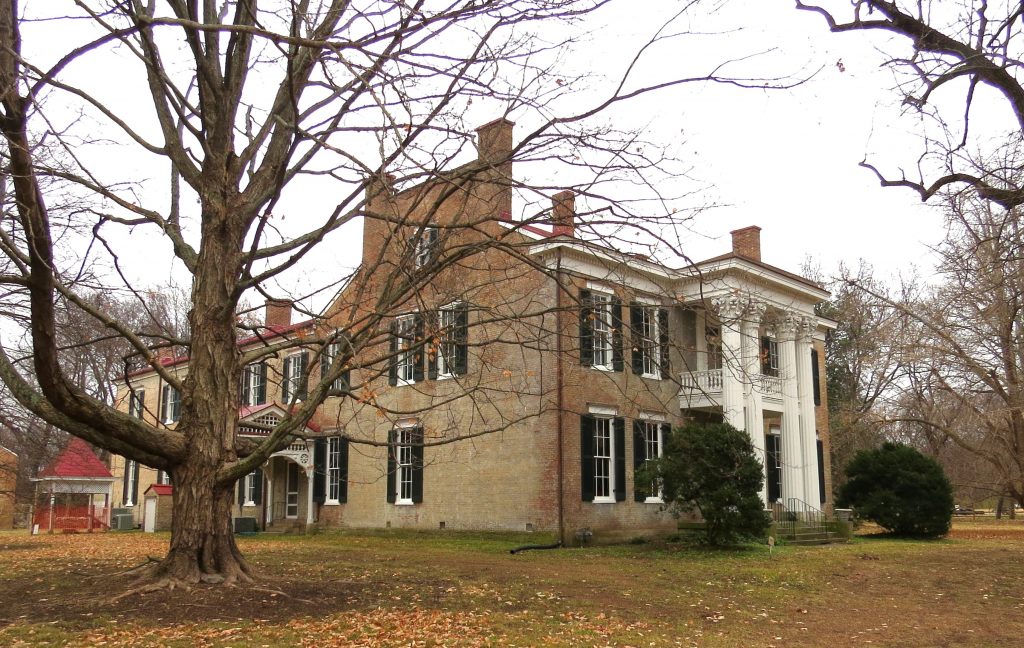
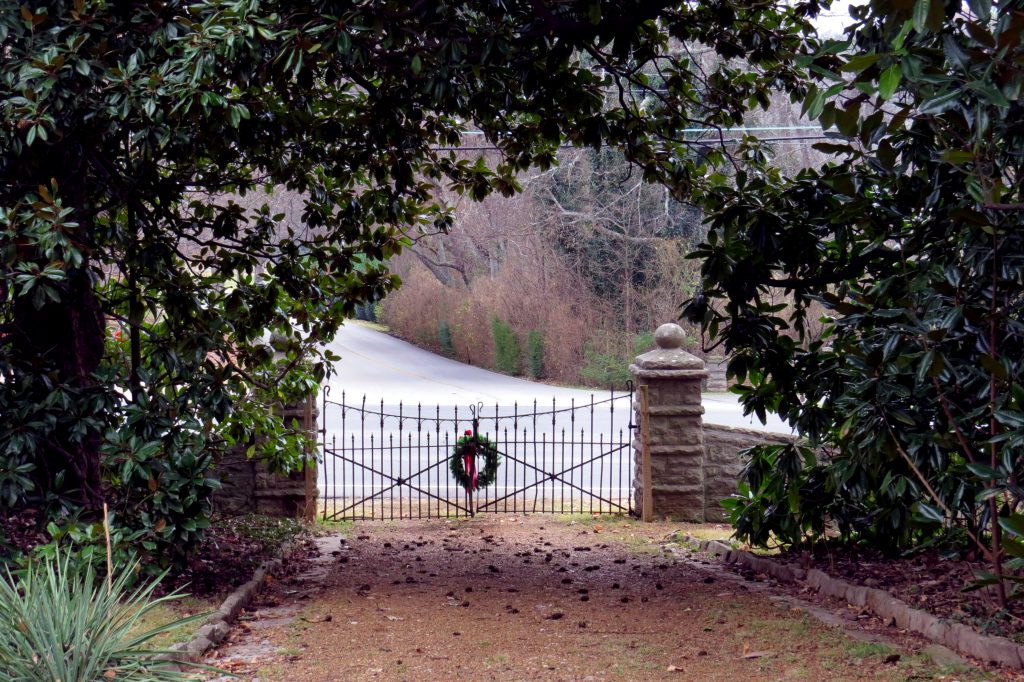
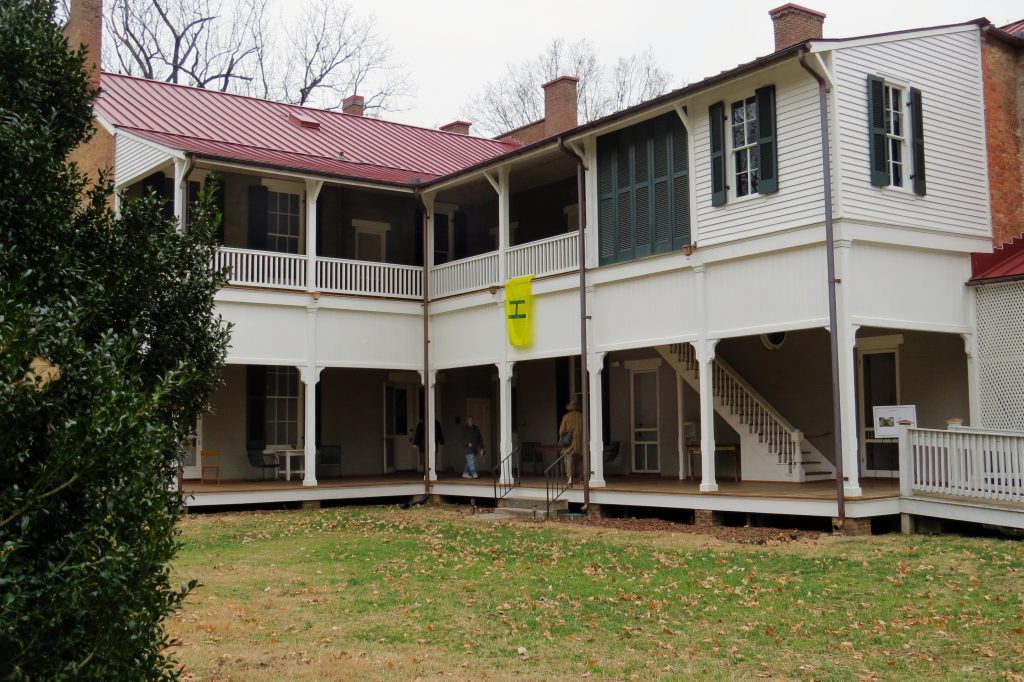
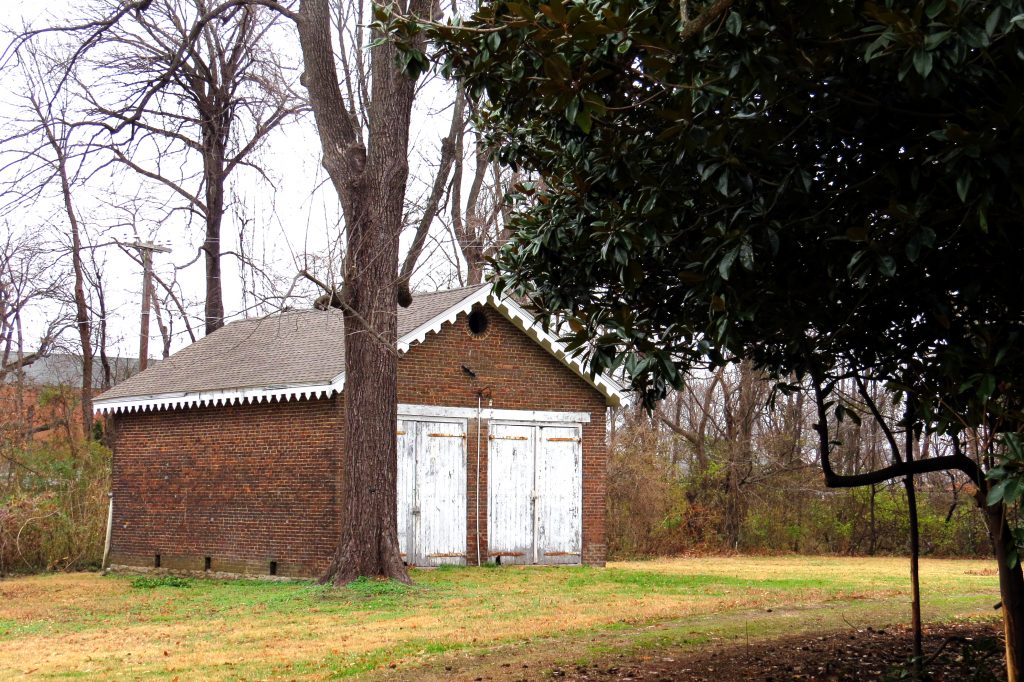
The following excerpt is from an older historical text:
Glen Leven: The Home of Dr. and Mrs. A.W. Harris, Nashville
The land on which Glen Leven stands was taken up in 1781 by Thomas Thompson as a Revolutionary grant from the State of North Carolina. It was four miles south of Fort Nashboro, where Thompson signed the Cumberland Compact. His original dwelling was a blockhouse, but later, on the site of the present residence, he built a log house which was burned. Glen Leven itself was constructed in the Jeffersonian style by the settler’s son, John Thompson, without benefit of architect, from brick made on the place by his slaves.
The earliest record of a flower garden at Glen Leven dates from 1837, when John Thompson sent to Holland for a shipment of bulbs, including diminutive yellow, exceeding fragrant narcissi, various varieties of daffodils, and blue, white, plumed, and grape hyacinths. The garden was laid out in the form of a square, with a large circular bed in the center and small beds of geometric design completing the pattern.
It was Mrs. Mary Hamilton Thompson, John Thompson’s fourth wife, who added roses and bulbs, and brought the garden to a high state of cultivation. Flowers of the original shipment from Holland still bloom at Glen Leven in multiplied quantities.
Situated between the first and second day lines of the Battle of Nashville, Glen Leven suffered during the war. The brick walls still show chips made by bullets fired at Mrs. Thompson. During the battle the house was used as a hospital by Federal troops.
Soldiers of both armies when retiring from the first day’s encounter stopped off for water at the cistern behind the house. Cutting back across the lawn to rejoin their comrades on the Franklin Road they completely obliterated the design of the garden and trampled all traces of the plants into the mud and snow.
During the years of discouragement and desolation that followed, the garden was neglected. Later, when Mary McConnell Overton came to Glen Leven as the bride of John Thompson, Jr., she assisted her mother-in-law in moving and remaking the garden. Using a walk ten feet wide and one hundred feet long as the central design, the original flowers and shrubs were replanted in beds and borders on both sides. At this time peonies, lilacs, roses, lemon lilies, magnolias, snowballs, and the smoketree were added.
In addition to the forest trees shading the wide lawn at Glen Leven there are many other notable ones. Among them is an enormous specimen of Paulownin, a dozen English field maples which came as cuttings from Kew Gardens, England, and a number of rare Fustic or “yellowwood” trees, which were brought down from the Overton Hills.
Glen Leven is the home of Dr. and Mrs. A.W. Harris. Mrs. Harris is a great-granddaughter of Thomas Thompson, the original settler.
BONPS RELIC EXPERTS SCAN GLEN LEVEN GROUNDS
The Battle of Nashville Preservation Society (now, Battle of Nashville Trust) was asked to recover all relics at the Glen Leven Estate by its owner, the Land Trust for Tennessee. Manning the metal detectors and shovels are, left to right, Thomas Cartwright, Mark Swann, Rebecca Swann, and BONT President Jim Kay.
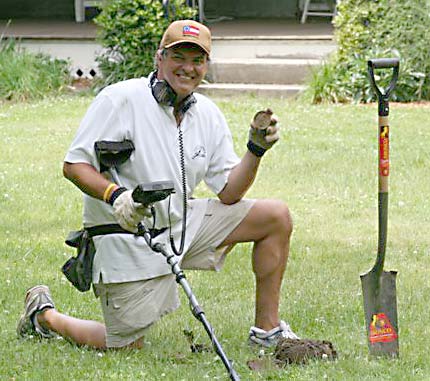
Jim Kay displays a Union army breastplate found at the Glen Leven Estate.
